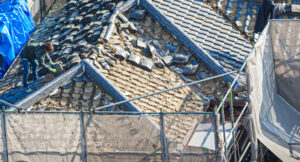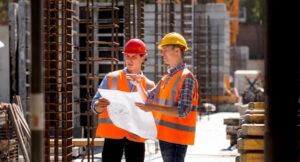Poliforma as the Key to Energy Efficiency in Passive Houses
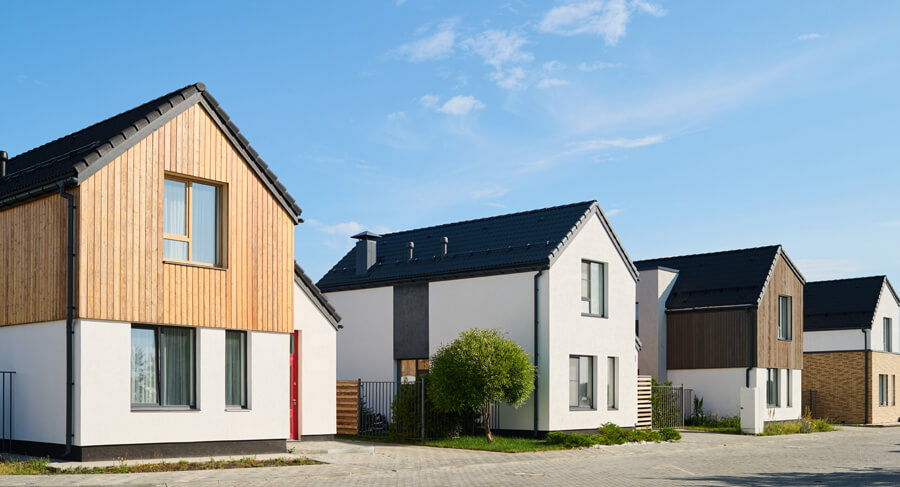
In this article we will go into more detail:
-
Importance in Passive HousesPoliforma is essential in passive house construction, providing superior insulation and contributing to thermal stability and indoor comfort.
-
Energy Efficiency BenefitsThanks to its high R-value and airtightness, this material significantly reduces the need for heating and cooling, thus reducing energy consumption.
-
Comparison with Other MaterialsCompared to traditional insulating materials, Poliforma offers advantages in terms of durabilityversatility and insulating efficiency.
-
Practical ApplicationsFrom new constructions to renovations, Poliforma has proven its effectiveness through various projects and case studies, underlining its adaptability and efficiency.
-
SustainabilityDespite challenges related to their production and disposal, advances in recycling technologies and greener formulations are improving their sustainability profile.
-
Cost and Return on InvestmentAlthough the initial cost is higher, the long-term savings in energy and maintenance make Poliforma a profitable and sustainable investment.
Passive houses, also known as "Passivhaus", represent a standard of excellence in residential energy efficiency. These houses, designed with a meticulous approach to energy conservation, are noted for their ability to maintain a comfortable indoor environment with very low energy consumption. The achievement of this superior energy performance is based on their construction with highly insulating materials and a design that eliminates thermal bridges, as well as ventilation systems that optimise indoor air quality.
Among the materials used to achieve these objectives, "Poliforma", a foam from polyurethane plays a crucial role in the. This innovative material is distinguished by its high heat retaining efficiency and its ability to form a hermetic sealing against air and humidity. Poliforma's flexibility in adapting to various structures and its characteristics such as lightness and durabilitymake it an ideal solution for insulation in passive houses. In addition, its contribution to reducing energy consumption reinforces the commitment to environmental sustainability.
This article will focus on how Poliforma, the foam from polyurethane is transforming the field of insulation in passive house construction,
Passive House Basics
A passive house, or "Passivhaus" according to its original German name, is a building standard that focuses on energy efficiency, energy savings and energy savings. thermal comfort and the reduction of environmental impact. The definition of a passive house transcends a simple design label; rather, it is a building philosophy that focuses on achieving maximum energy efficiency and environmental comfort with minimum ecological impact. These houses are characterised by their ability to maintain a comfortable indoor temperature throughout the year, with extremely low energy consumption.
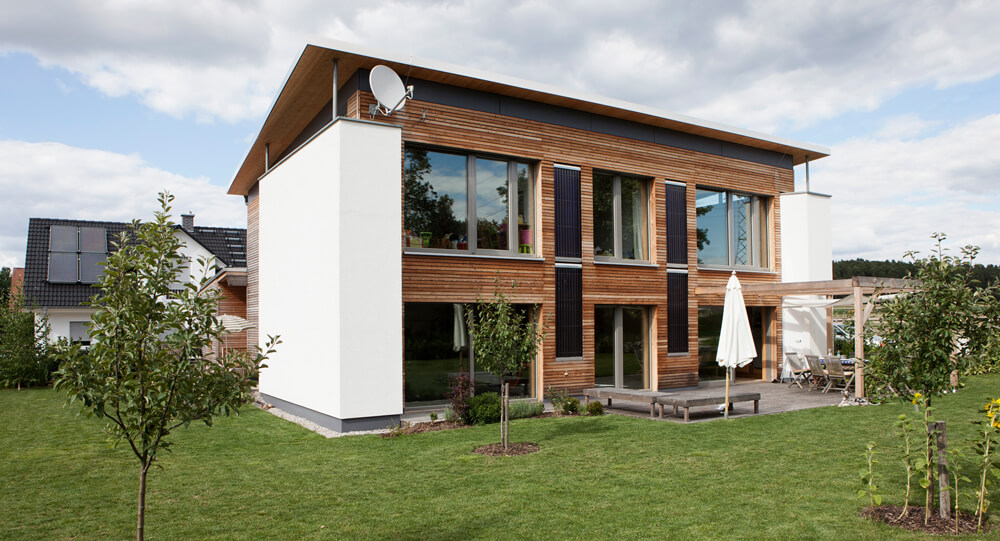
Distinctive features of a passive house include:
High Performance Thermal Insulation: Passive houses are built with state-of-the-art insulation materials, such as Poliforma, to ensure a highly efficient thermal envelope. This insulation significantly reduces heat loss during the cold months and prevents overheating in the warm months.
Mechanical Ventilation with Heat Recovery (MRHRV): This system ensures optimal air quality by filtering the incoming air and recovering heat from the outgoing air. VMRC is essential in passive houses to maintain a healthy and comfortable indoor environment.
Absence of thermal bridges: A thermal bridge is an area or component of the structure of the house that has a thermal bridge. thermal conductivity significantly larger than the surrounding materials, leading to heat loss. Passive houses are meticulously designed to eliminate these thermal bridges.
High Performance Windows and Strategic Orientation: Passive houses use double or triple-glazed windows with insulated frames, strategically placed to maximise passive solar gain and minimise heat loss.
Airtightness: A virtually airtight building envelope is ensured to prevent unwanted air infiltration, which increases energy efficiency and reduces draughts.
Thermal insulation in a passive house is at the heart of Passivhaus design, allowing the house to maintain its energy efficiency and internal comfort. Adequate insulation, such as that provided by Poliforma, reduces heating and cooling demand, which is fundamental to achieving the near-zero energy consumption standards that define a Passive House.
Poliforma. Advanced polyurethane foam
Poliforma represents a significant evolution in the world of insulation materials. It is a foam from projected polyurethane with an exceptional degree of expansion that hermetically seals the surfaces where it is applied, providing complete seamless coverage. Once cured, Poliforma becomes a rigid, lightweight structure that maintains its insulating properties over time.
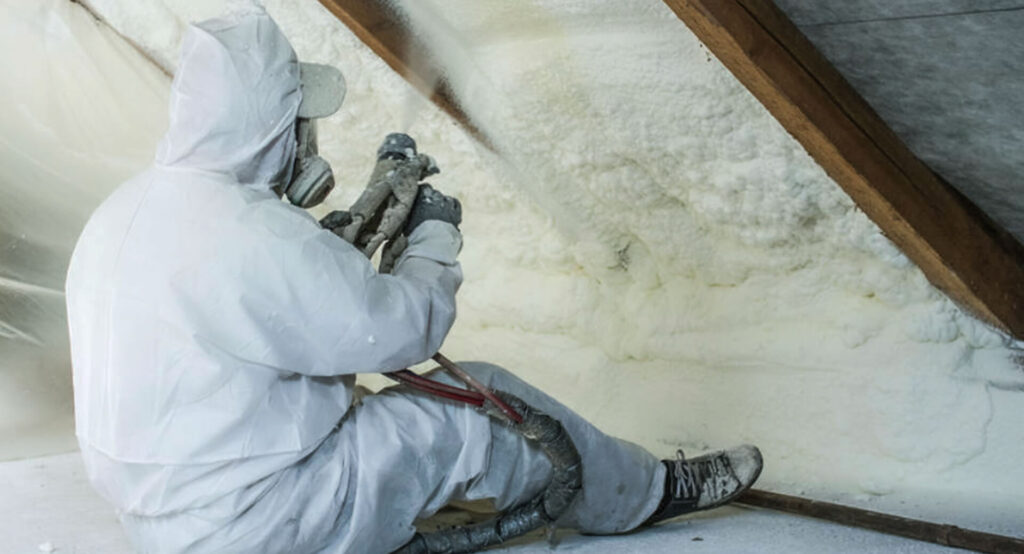
Benefits of Polyurethane (Poliforma) in Terms of Thermal Insulation and Energy Efficiency
High Value R: Poliforma has one of the highest R-values (thermal resistance) among available insulation materials, which means it offers excellent resistance to heat flow. This translates into superior energy efficiency for homes, keeping heat in during the winter and heat out during the summer.
Air tightness: Its ability to expand and conform to any space guarantees exceptional airtightness, eliminating draughts and minimising heat loss through infiltration.
Durability: Unlike other insulating materials, Poliforma does not settle or degrade over time, maintaining its effectiveness throughout the life of the building.
Versatility: It can be applied to a variety of surfaces and configurations, from walls and ceilings to hard-to-insulate spaces such as attics or wall cavities.
Implementation Efficiency: Its projected application makes it possible to cover large surfaces quickly and efficiently, reducing construction time and manpower.
Comparison with Other Insulating Materials
Compared to older, more traditional materials such as fibreglass, extruded polystyrene or mineral wool, Poliforma stands out for its thermal resistance and sealing capacity. While fibreglass and mineral wool can allow air and moisture to seep through, Poliforma offers a more comprehensive and durable solution. In addition, its ability to conform to any shape and its rapid application make it especially useful in renovation projects where other materials may be difficult to install.
The Role of Poliforma in Passive House Construction
The polyurethaneparticularly in its advanced form as Poliforma, plays a crucial role in passive house construction, thanks to its exceptional insulation properties and versatility.
Practical Applications of the Polyurethane in Passive Houses
Insulation of Walls, Ceilings and Floors: Poliforma is applied to exterior walls, ceilings and floors to create a continuous thermal envelope, eliminating thermal bridges and minimising heat loss.
Sealing Joints and Corners: Its ability to expand makes it ideal for sealing difficult joints, corners and gaps, ensuring a complete seal.
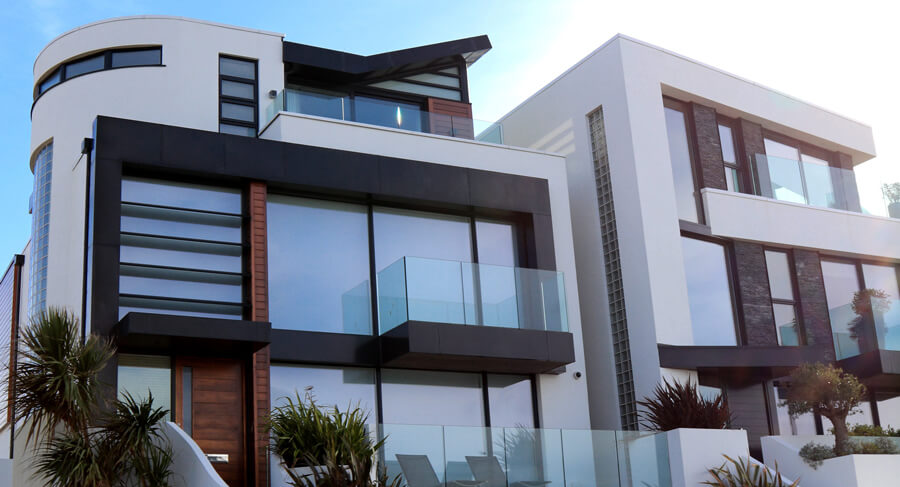
Implementation and cost
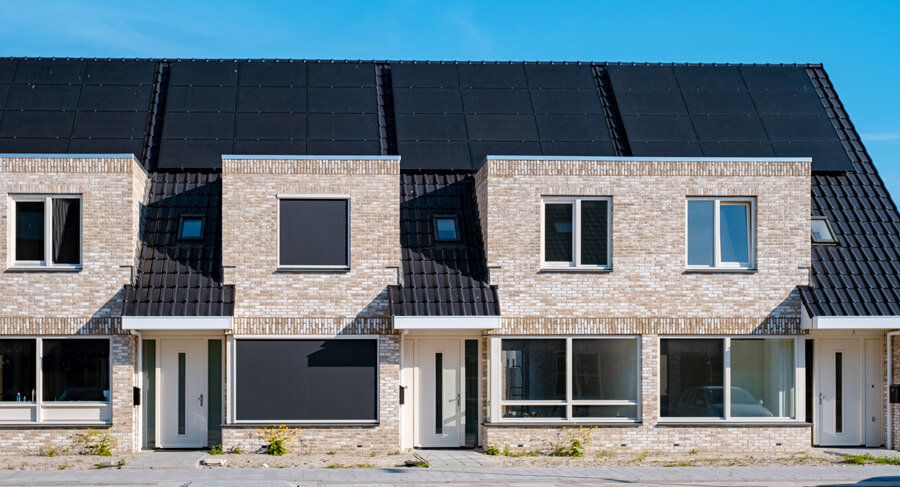
The effective implementation of Poliforma, both in new construction and renovation projects, involves several key steps:
Preliminary Assessment: Prior to installation, a detailed project assessment is essential to determine the specific insulation needs and the feasibility of using Poliforma.
Design and Planning: During this phase, architectural and structural details should be considered to ensure that the polyurethane is optimally applied, maximising its insulating and airtight performance.
Selection of a Qualified Applicator: The application of Poliforma requires specialised skills and equipment. It is crucial to select professionals who are experienced and certified in the application of projected polyurethane.
Site Preparation: Prior to application, the site must be properly prepared, including cleaning and drying surfaces and ensuring that there are no impediments to application.
Application of the Sprayed Polyurethane: It is carried out according to technical specifications, ensuring uniform coverage and correct expansion of the material to achieve the desired airtightness and insulation.
Cost Analysis and Return on Investment
The initial cost of implementing Poliforma may be higher compared to other traditional insulation materials. However, it is crucial to analyse this cost in the context of the long-term return on investment:
Energy Cost Reduction: The use of Poliforma in a passive house can result in significant savings in heating and cooling costs, amortising the initial investment over time.
Durability: Because Poliforma does not degrade or settle over time like other materials, it has a longer service life, which means that the insulation will not need to be replaced or upgraded for many years.
Resale Value: More energy efficient houses, such as Passive Houses, tend to have a higher resale value in the real estate market due to their low operating costs and their attractiveness to environmentally conscious buyers.
In this article, we have explored in depth the role of the projected polyurethane, especially in its advanced form as Poliforma, in passive house construction and its contribution to energy efficiency and sustainability. Through the various points analysed, it is clear that Poliforma is not just an insulating material; it is a comprehensive solution that drives energy efficiency. housing while addressing contemporary environmental challenges.
Do you need a reliable partner for your project?
Advice for spray foam applicators
625 106 554
Technical assistance
854 805 377


